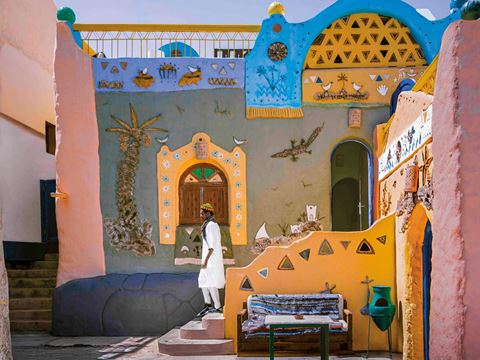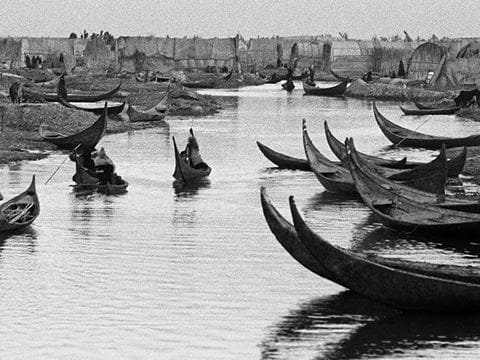FirstLook: The Sphinx Imagined
Two summers ago I was browsing several hundred vintage postcards contained in narrow boxes all piled up in a Stillwater, Minnesota, antiques store...I came across several postcards that each featured an imagined sphinx as seen in natural rock formations.

Two summers ago I was browsing several hundred vintage postcards contained in narrow boxes all piled up in a Stillwater, Minnesota, antiques store. I was searching for images of Middle Eastern architectural motifs and styles found in the American-built environment, and I came across several postcards that each featured an imagined sphinx as seen in natural rock formations. Intrigued, I checked out postcard collector sites online and found more. Now my “Imagined Sphinx” postcards, destined to be part of a much larger collection of Middle Eastern Americana at the UCLA Young Research Library, number about two dozen. They show structures and formations mostly in the US but also around the world, notably in England and France—the two colonial powers that impacted the course of Egyptian history in the 19th and 20th centuries—as well as Switzerland, Romania, Turkey, Kazakhstan and Vietnam. And while the people who named these sites may have never themselves actually visited the Sphinx of Giza, Egypt, guardian of the Great Pyramids, they knew of it through textbooks, prints, paintings, photographs and perhaps even other postcards, from which they appropriated, for novelty and profit, the iconic edifice that has become so embedded in much of the world’s collective imagination.
—Jonathan Friedlander
oac.cdlib.org
You may also be interested in...

Saudi Photographer Captures Aswan's Nubian Heritage
Arts
As a Saudi photographer with a passion for cultural, human and heritage themes around the world, I strive to make my images windows to the past as well as reflections of the present. When I came across this guesthouse on a visit to Aswan, Egypt, I was taken back to 3000 BCE to ancient Nubia.
"Duet": Senegalese Double Portrait
Arts
“Duet” comes from the Latin root word duo which means two. The Duet series focuses on double portraits, a tradition in West Africa.
The Lost World Of Southern Iraq's Marsh Arabs
History
Arts
In late 1967, photographer Tor Eigoland traveled for more than: a month, mostly by canoe, among the countless villages of southern Iraq's vast marshes. Now, 45 years later, writer Anthony Sattin calls his photographs a "rare and ethnographic record of a lost world. They bring us back to a time and place where people lived in harmony with their environment and respected the balance the natural world needs to thrive.'